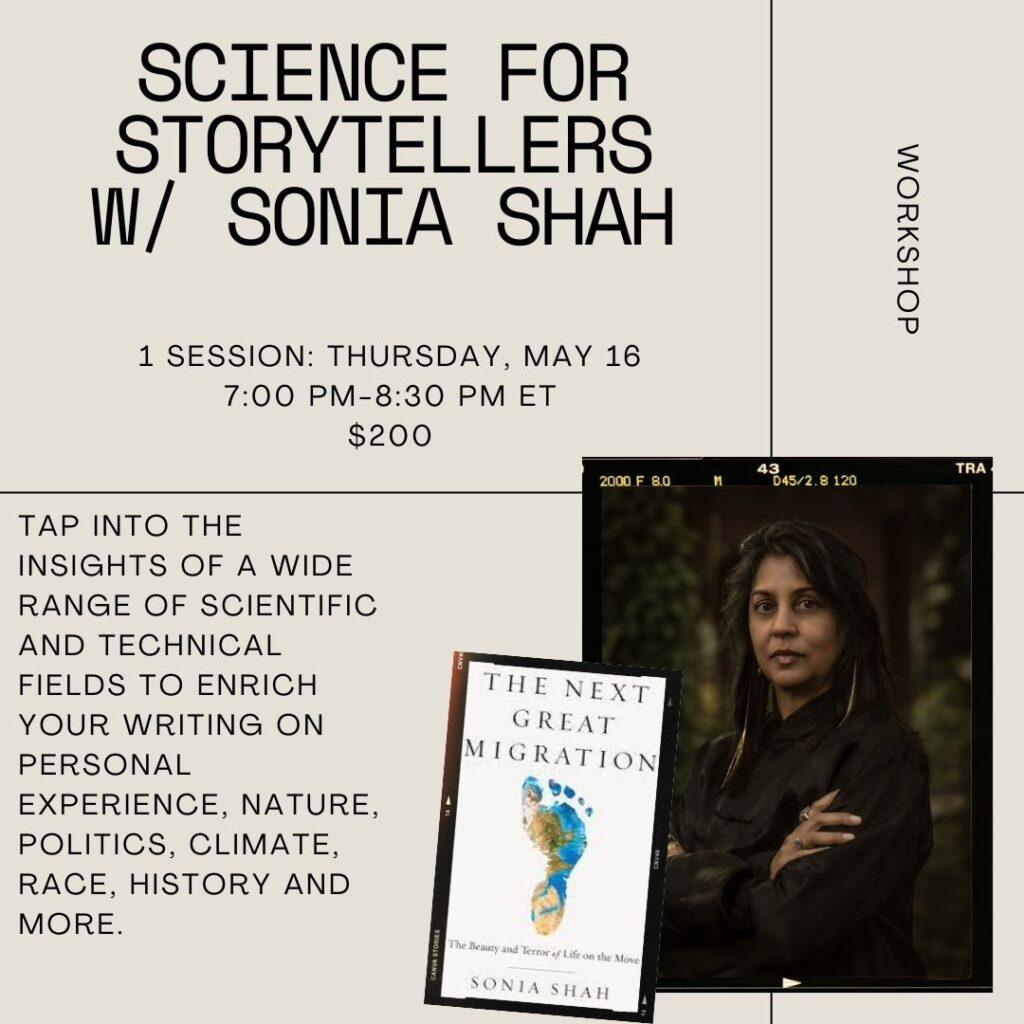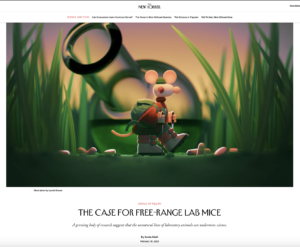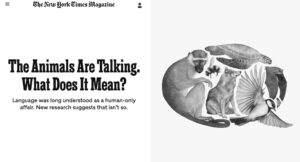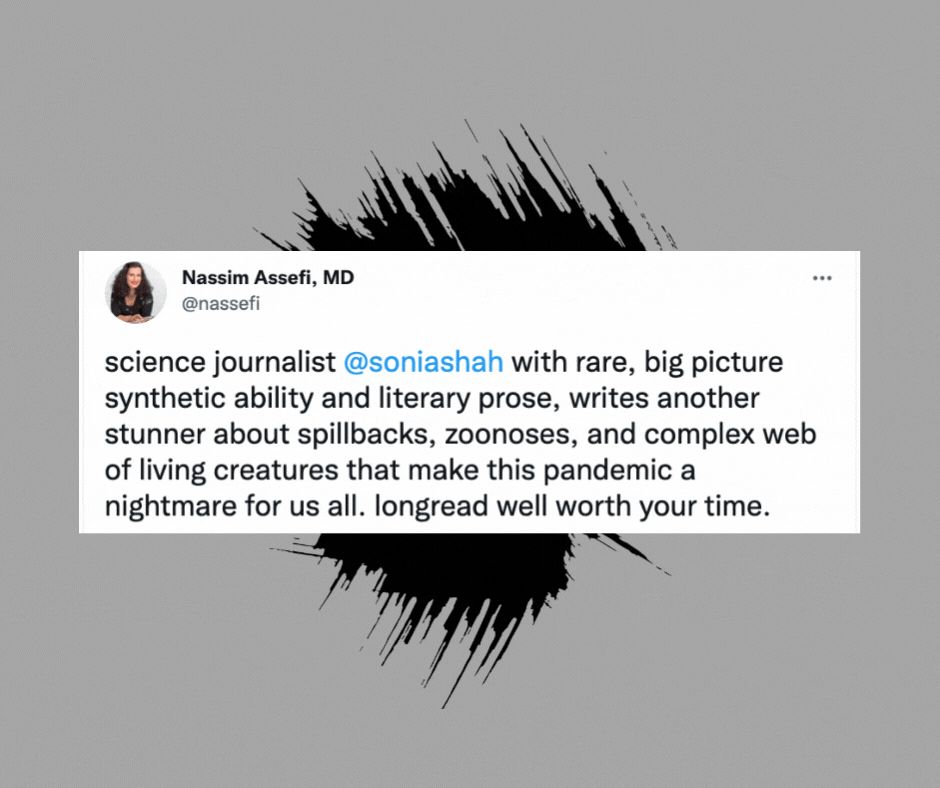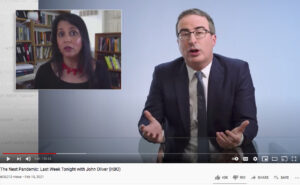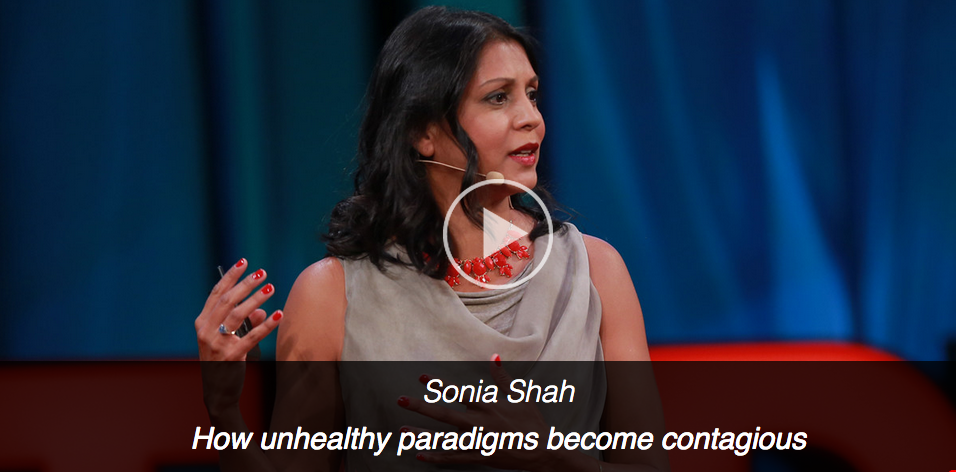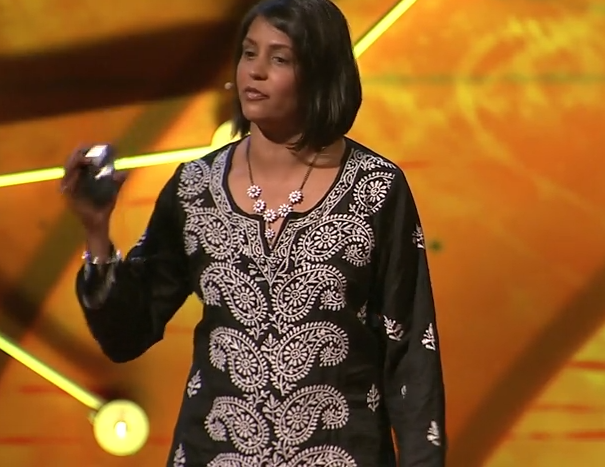Last week’s front-page Washington Poststory detailing a long-suppressed Nigerian government report on Pfizer’s botched 1996 experiment on Nigerian children shines much needed light on a dark corner of globalization: the drug industry’s human experiments overseas. But those who are now calling for stricter regulations on the practice aren’t goingnearly far enough.
According to the May 7 Washington Post, California Rep. Tom Lantos plans to introduce a bill that would require U.S. investigators to detail their planned trials in developing countries to federal regulators. Right now, researchers must provide regulators with such details only if they plan to enroll American patients into their trials.
It’s an important provision, especially considering that most trials render negative results—a drug doesn’twork, or doesn’t work well enough, for examples. Industry scientists rarely trumpet such failed trials in medical journals, advertisements, and the like, so unless there’s some external record of the trial, those experiments just fade into oblivion. That’s especially troubling in the case of trials conducted in poor countries, because many are for drugs that are rarely accessible to the patients who filled the test clinics in the first place. Worse, if something goes awry in such trials—for example, if the drug is revealed as dangerous, or if subjects are unduly harmed, or uninformed—it is unlikely anyone will ever know about it.
Lantos isn’t the only one calling for more early details on such trials. In September 2004, the International Committee of Medical Journal Editors, fed up with drug companies’ selectively publishing only the good news about their products without the bad, announced that they’d only consider publishing those trials registered at inception on a publicly available database, such as the NIH’s ClinicalTrials.gov. The WHO plans to finalize another such effort on May 20, which they are dubbing “international clinical trials day.”
It would be hugely helpful for scientists, patients, regulators, ethicists and journalists to know in advance of the kinds of trials being conducted around the world. But is it enough? After all, hundreds of clinical trials, run by both drug companies and academic researchers, have been routinely listed on government and industry websites for years. Thousands are published each year in the medical literature. These include many condemned as unethical, such as experiments in which pregnant Ugandan women with HIV and malnourished Zambian children with AIDS, for examples, are given placebos rather than active treatments.
Some researchers have justified such experiments on the basis that impoverished, sickly patients in poor countries can’t afford anything better than a placebo anyway, a double-standard that a 2004 Journal of Medical Ethics paper defended as “not the optimal ethical standard…[but] at least not clearly unethical.” In such cases, trial details were readily available, described as ethically dubious, and sanctioned anyway. Clearly, just knowing about overseas trials is nowhere near sufficient to protecting the human rights and dignity of trial subjects abroad.
What we need even more urgently than greater oversight is greater restraint. Unless drugmakers are producing medicines that will be beneficial and accessible to patients in developing countries, let them stay home for their experimentation. After all, what poor, sick patients in developing countries need more of is medical care, not medical experimentation.
Until the benefits of the last hundred years of medical research are readily available in poor countries, why not require that those who benefit from new drugs—the major drug consumers in the United States, Europe, and Japan—shoulder the burden of experimentation that new drug development requires?
